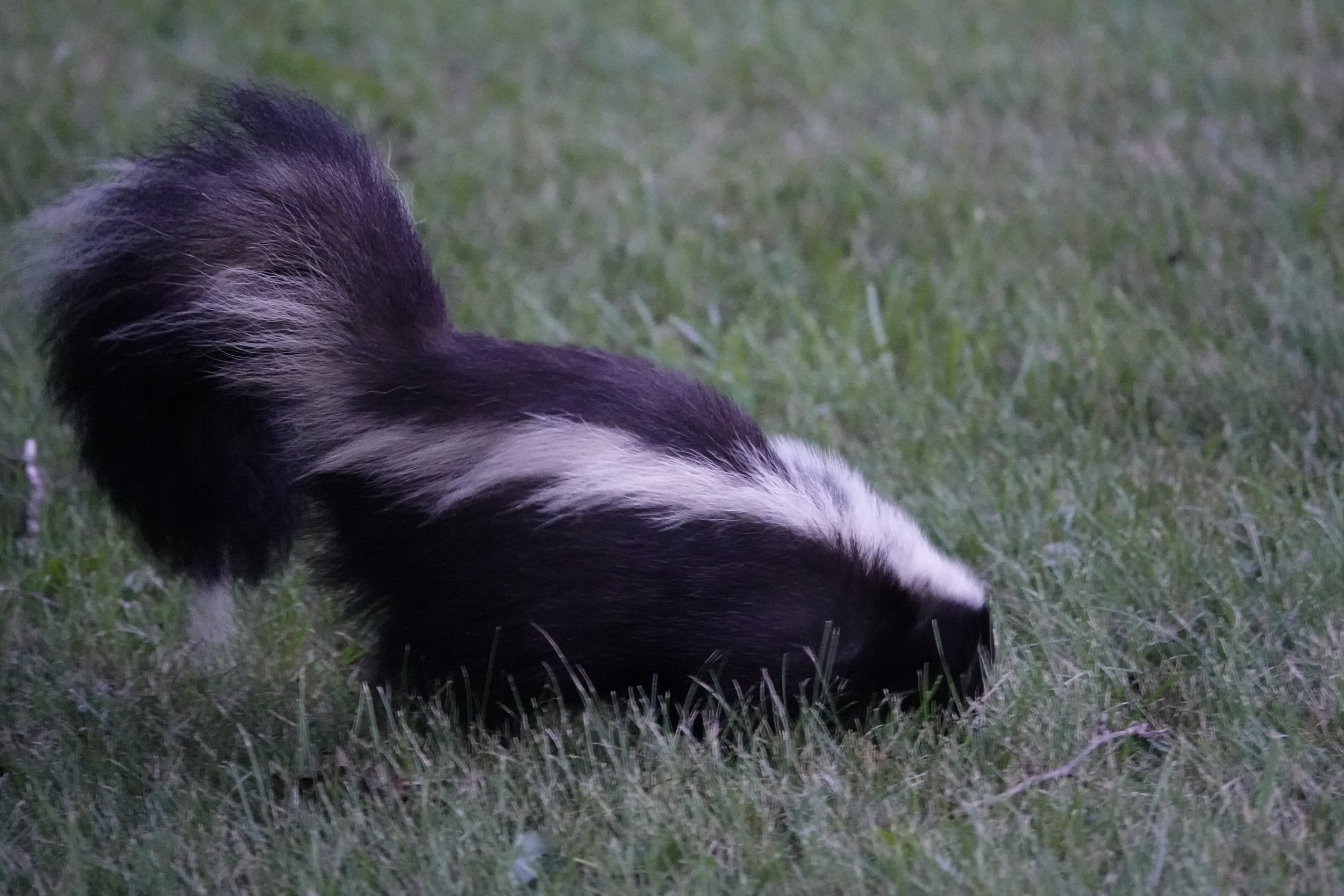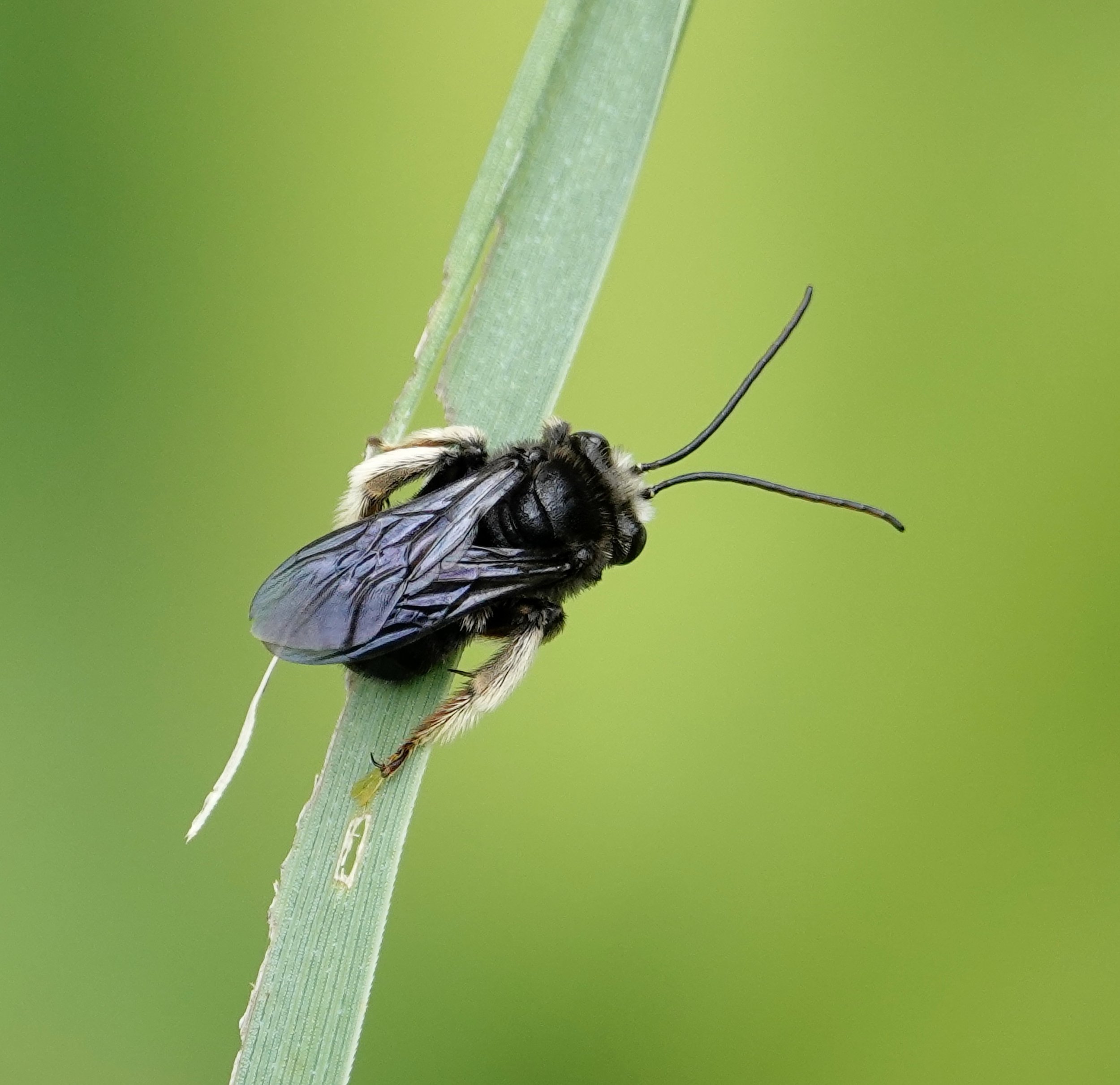Naturally
I watched a ruby-throated hummingbird feeding. Pound for pound, a hummingbird isn’t. The miniature marvel weighs less than a #2 wooden pencil, a marshmallow or an AA battery.
After swallows finish nesting, they begin to gather in pre-migratory groups on utility wires in late July. They chatter excitedly about the gift of another day before starting a meeting without a single doughnut. It’s a migration planning session, covering the ins and outs of air travel, what to do in case of a hawk emergency and whether to eat dragonflies with wings on or wings off. The young stay with their parents during a diurnal migration undertaken by a flock. They leave here July-September so they can feed on flying insects with some swallows flying as far as Argentina.
Nature by the yard
There were two wild turkey hens with 15 poults in the yard. I see hens who have merged their families in the summer to raise and defend the poults. You who are members of a family or know someone who is a member of a family recognize that teamwork aids the survival of youngsters who can fly at 10 days of age. A hen will fake a broken wing to distract predators from her poults.
I watched a Baltimore oriole father showing three of his fledglings how to come clean in the birdbath. Two of them took to taking a dip like ducks to water. The third one, not so much. Pa left with the two swimmers, but the one with the dry feathers stayed behind to find a snorkel. He watched as a blue jay and a robin took their turns landing on the perching stone and splashing around. The hesitant oriole made a half-dozen attempts before finally landing on the stone. The bird touched one foot to the water and frightened itself away. No spot on the medal podium for it. I’ll save my applause for another time.
Bits and pieces on birding
John Lillich told me he’d happened upon a man on an Ohio nature trail who would have been naked if it weren’t for the binoculars around his neck. The man introduced himself as a naked birder.
Never put sunglasses or binoculars on the roof of your car. Sooner or later, you will forget them. If you need to rest them somewhere, set them against the windshield.
Are woodpeckers obsessed with knock-knock jokes?
If you can see birds, you should look at them.
Does a crow have cawer ID?
The song sparrow lives up to its name by being a persistent singer. Its scientific name Melodia means "singing" in Greek.
Q&A
“I know a chickadee and a killdeer call out their names. Do any other birds?” Humans gave birds names that were often imitations of their songs/calls, yet there isn’t a single bird species named chirp. Many suggest their names, some might require an imagination. Some of those birds are the phoebe, peewee, towhee, cuckoo, jay, bobwhite, kiskadee, willet, curlew, whip-poor-will, chuck-will’s-widow, hoopoe, kittiwake and chachalaca. Crow might be imitative of the bird's cry. A hummingbird should be on a list of birds with onomatopoetic names.
“What’s an easy way to tell a raven from a crow?” First, check the range maps. The much larger common ravens can be distinguished from American crows by their massive bills; by their tails, which come to a V (like the V in raven) behind them; and by their croak compared to a crow’s caw.
“Do monarch caterpillars use Indian hemp as a host plant?” Indian hemp is dogbane, the names referring to its supposed toxicity to dogs and its similarity to hemp. The perennial plant's strong fibers have made it prized for cordage and threads. Young dogbane plants are often mistaken for milkweed. Injured Dogbane oozes a white sticky sap with the consistency of latex paint. It’s native to Minnesota and was once thought to be a larval food for monarch butterflies, but research has shown that while female monarchs occasionally lay eggs on this species, their offspring will not mature on it. Dogbane grows 5 feet tall and blooms in white flowers in June-August. I enjoy seeing the iridescent, dogbane beetles on dogbane. The gold, blue, green, yellow and red insects are stunners.
“What are the tallest ferns?” It could be Fern Johnson. She used to be 6-2, but she might have shrunk with age. I don’t know another tall Fern, so you must be talking about plants. The ostrich fern grows up to 5 feet tall and the interrupted fern up to 4 feet.
Thanks for stopping by
“No matter how deeply you come to know a place, you can keep coming back to know it more.”—Rebecca Solnit.
“The best part of the journey is the surprise and wonder along the way.”—Ken Poirot.
Do good.
©️Al Batt 2023
The small, slender and long-tailed chipping sparrow is a beauty. Edward Forbush, a 19th-century ornithologist, called the dainty chippie “the little brown-capped pensioner of the dooryard and lawn, that comes about farmhouse doors to glean crumbs shaken from the tablecloth by thrifty housewives.” Its song is a rapid, mechanical-sounding trill. The chippie is nicknamed the “hair bird” because of its habit of lining nests with horse hair from deer, cows, horses and other mammals. Photo by Al Batt.
A skunk enjoyed a feast of mulberries. It didn’t raise a stink about the service.
A bee hotel.
A Double-crested Cormorant’s wings become waterlogged and it must wash and dry.
Mallards look for shade on a blistering, hot day.
I was listening for “Turkey in the Straw,” but found poults in the grass. Wild turkeys.
Long-horned bee.
It’s orange.











